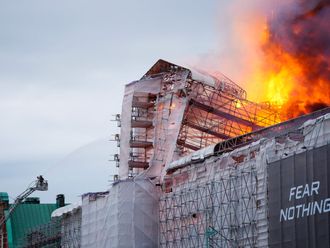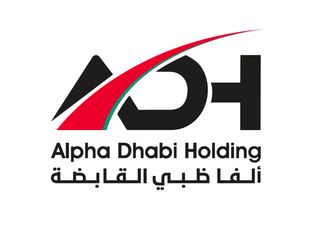Zinc is on a tear.
After aluminium, the metal used in galvanising steel and sunscreens has been the best performing of the London Metal Exchange’s six main contracts so far this year. Over the past week, the price chart has gone vertical — busting through the $3,000 a metric ton level for the first time in a decade with a 5.4 per cent jump Wednesday.
Zinc’s moment in the spotlight has been a long time coming, but bulls should watch out — it may be short-lived.
For much of the past decade, the metal was considered among the least attractive on the LME. Because of supply that’s widely distributed among a large group of producers and a tendency to occur geologically alongside other metals like lead, copper and silver, few miners are dedicated to maintaining profitable supply and demand in zinc
Go back five years, and disinvestment was the order of the day. Mine closures, such as Vedanta Resources PLC’s Lisheen pit in Ireland and MMG Ltd’s Century in Australia, would yank about 1 million tonnes of annual supply from the world’s 13 million-ton-a-year zinc market between 2012 and 2020, MMG’s CEO Andrew Michelmore said in a 2014 presentation. New projects would fill less than half the gap, he said.
Sure enough, output dipped severely last year, particularly after Glencore Plc cut output at its McArthur River and Mount Ida mines in Australia in response to slumping prices in 2015. With China’s pre-Communist Party Congress construction boom providing a boost to demand, the market has now run short: Exchange inventories last month touched their lowest levels since 2007.
As higher prices change the economics of previously halted mines, that trend is already starting to reverse. Nyrstar NV, the world’s second-largest zinc smelter and a significant producer of mined concentrates, has this year announced the restart of two mothballed projects that should more than double output from its North American pits from less than 100,000 metric tonnes in 2016 to almost 220,000 tonnes a year in 2019.
Hindustan Zinc Ltd, the Vedanta-controlled second-biggest miner, is forecasting 950,000 metric tonnes of zinc and lead production from its mines in the year through next March, implying a further 100,000 tonnes or so of zinc based on the historic ratio between the two metals. MMG’s Dugald River mine is forecast to go into production within 12 months, adding another 170,000 tonnes, while the Glencore-BHP Billiton Ltd-Teck Resources Ltd Antamina copper pit in Peru produced an extra 60,000 tonnes of zinc over the past 12 months, thanks to a zinc-heavy slice of the ore body.
There may be further expansion beyond that. At Teck’s Red Dog in Alaska, the biggest zinc pit globally, miners have hit a vein of hard-to-refine but zinc-rich rock with ore holding about 24 per cent zinc (compared to 14 per cent in the pit as a whole). That Qanaiyaq ore will make up an increasing share of supply as pit bosses get better at handling it, Teck said in July — a factor that’s especially worth watching in coming months, because we’re currently in the middle of a brief window when Red Dog’s supply can reach the global market via a port that’s generally icebound for eight months of the year.
The biggest swing factor of all could prove to be Glencore. At present, the biggest zinc miner is producing the metal for minus 9 cents per pound, Ivan Glasenberg told investors after annual results this month, due in part to the value of the other elements that occur alongside it. Those would seem attractive conditions for increasing supply — especially at a time when Glencore’s Australian mines are operating well below nameplate levels.
As Gadfly has argued before, Glencore’s continued reluctance to ramp supply back up is a sign that the current strength of the market may be built on shakier foundations than the bulls are prepared to admit. Should China’s industrial boom peter out after the party congress, the world may once again find itself with more zinc than it needs.












